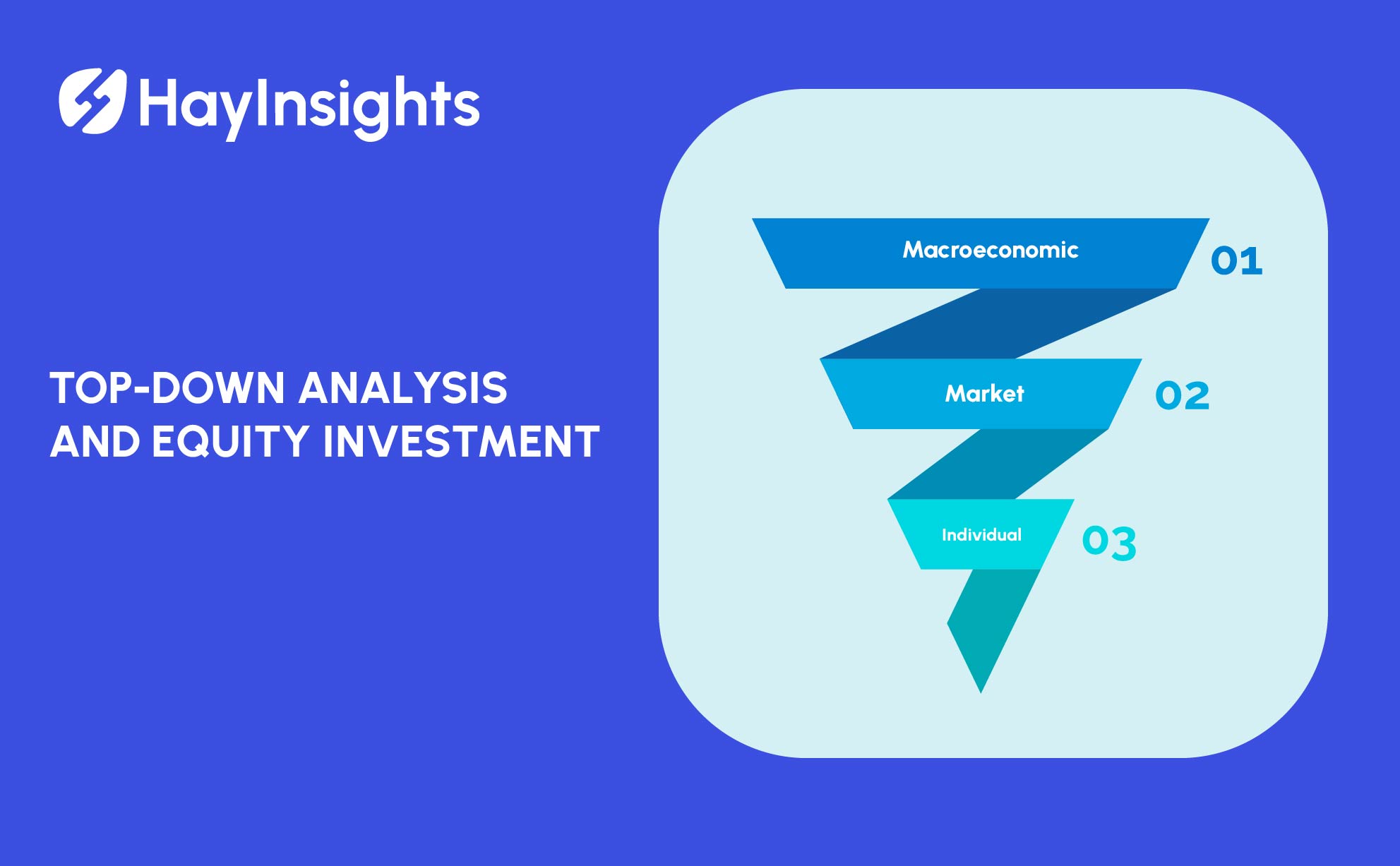
日本の新たなNISA 2024で投資信託の成長を最大化
日本の金融環境は、個人投資家と法人の両方にさまざまな投資手段を提供しています。特に投資信託に投資する人にとって、長期的な成長のための最も効果的なツールの 1 つは、NISA (Nippon Individual Savings Account) 制度です。2014 年に導入された NISA は、利益に対する税金免除を提供することで日本居住者の投資を奨励するために作成されました。この制度は、キャピタルゲインと配当に対する税金の負担なしにポートフォリオを長期的に成長させたいと考えている投資信託投資家にとって特に有益です。
この記事では、NISAとは何か、NISAが投資信託投資にどのような影響を与えるか、そして日本の投資家がNISAのメリットを最大限に活用して資産を増やすにはどうすればよいかを探ります。
1. NISAとは?概要
NISANISAは、日本版個人貯蓄口座(Nippon Individual Savings Account)の略称で、個人投資を促進するために設計された英国の個人貯蓄口座(ISA)の日本版です。NISA口座には主に2つの種類があります。 スタンダードNISA さんと つみたてNISA.
- スタンダードNISA: 投資信託、株式、ETF、債券など、幅広い投資オプションを提供します。投資家は年間120万円まで拠出でき、値上がり益や配当金など、あらゆる利益は最長5年間非課税となります。
- つみたてNISA: 長期的かつ継続的な投資に重点を置いています。投資家は年間 40 万円まで拠出でき、定期的に少額の拠出を奨励しています。一般 NISA と同様に、すべての利益は非課税ですが、投資期間は 20 年に延長されるため、長期貯蓄者に最適です。
NISAを利用することで、個人は非課税の投資機会を活用できます。これは、通常、キャピタルゲインと配当には20%の税率がかかることを考えると、大きなメリットです。
2. NISAが投資信託投資家にもたらすメリット
投資信託は、資産の分散化と専門的な運用を提供するため、日本で人気の投資選択肢です。投資信託投資とNISA口座を組み合わせることで、日本の投資家はいくつかの方法で収益を増やすことができます。
- 非課税利益NISA制度では、投資信託の投資で得たすべての譲渡益と配当金が、指定された期間、非課税となります。税金によってリターンが大幅に減少する可能性があるため、時間をかけて資産形成を目指す長期投資家にとって特に有利です。
- 一般NISAの投資限度額の引き上げ: 一般NISAでは、投資信託を含むさまざまな資産に年間120万円まで投資することができ、より柔軟に多様なポートフォリオを構築することができます。
- 着実な成長を目指す「つみたてNISA」つみたてNISAは、ドルコスト平均法と呼ばれる、定期的かつ体系的な投資を好む投資信託投資家に特に適しています。少額を一定期間投資することで、投資家はボラティリティの低減と非課税の複利による利益を得ることができます。
3. NISAで投資信託投資を最大化する
投資信託に投資する際にNISAのメリットを最大限に活かすには、適切な戦略を採用することが重要です。投資家がNISA口座を最大限に活用するためのヒントをいくつかご紹介します。
A. 適切なNISAタイプを選択する
スタンダードとつみたてNISAは、投資スタイルに応じてそれぞれ独自のメリットを提供します。
- 長期投資家退職金などの長期目標のために定期的に投資したい場合 つみたてNISA がより良い選択肢です。非課税期間が長い(20年)ため、長期投資信託投資に適しています。また、定期積立モデルは、規律あるアプローチでポートフォリオを構築することを好む投資家にも適しています
- 柔軟性を求める投資家: 投資額や投資先に関してより柔軟にしたい場合は、 スタンダードNISA は年間拠出限度額が高く、短期間で高い利回りが得られる成長志向の投資信託(5年間の非課税)など、より多様な投資が可能になります。
B. パフォーマンスの高い投資信託を選択する
すべての投資信託が同じというわけではありません。投資目標とリスク許容度に合ったファンドを選択することが重要です。次のような要素を考慮してください。
- ファンドパフォーマンス: 優れた実績を持つ投資信託を探しましょう。
- 経営陣: 市場を深く理解している経験豊富な専門家が管理するファンドに投資します。
- 経費率: 経費率が低いということは、より多くの資金が投資され続けることを意味し、時間の経過とともに利益が増加します。
- セクターの多様化さまざまなセクターに分散投資することで、リスクを軽減し、長期的なパフォーマンスを向上させることができます。
NISA の非課税構造により、高パフォーマンスのファンドの収益が増大するため、適切な投資信託を選択することが利益を最大化する鍵となります。
C. 配当金の再投資
NISA では投資信託からの配当金は非課税のままですが、このメリットを最大限に活用するには、配当金を引き出すのではなく再投資することを検討してください。配当金を投資信託に再投資すると保有額が増え、時間の経過とともに投資額が複利で増加し、引き出した場合よりも速く成長します。
D. 年間拠出限度額を最大限に活用する
非課税利益を最大化するには、NISA口座で許可されている全額を拠出するようにしてください。 スタンダードNISAこれは年間120万円を投資することを意味する つみたてNISA上限額は40万円です。上限額までいかなくても、できるだけ多く投資して、税金の免除を最大限活用しましょう。

4. 退職後の計画におけるNISAの役割
日本では人口の高齢化が進んでおり、退職後の計画は多くの投資家にとって重要な関心事となっています。投資信託は成長の可能性と分散化のバランスが取れているため、退職後の貯蓄に最適な選択肢です。NISA は、退職者や退職を計画している人が投資を非課税で増やせるようにすることで、この点を強化します。
. つみたてNISAを利用している人にとっては、口座の長期性と定期積立モデルを組み合わせることで、20年かけて退職金を積み立てる強力なツールになります。継続的に投資し、税制優遇措置を利用することで、日本の投資家は老後のためにかなりの貯蓄をすることができます。
5. NISAとiDeCoの主な違い
NISA と iDeCo (個人確定拠出年金制度) はどちらも税制上の優遇措置がありますが、その目的は異なります。iDeCo は退職後の貯蓄に特化しており、拠出金に対する税額控除を提供していますが、NISA は非課税の利益を伴う一般的な投資を奨励することに重点を置いています。
投資信託の投資家にとって、NISA は資金へのアクセス (iDeCo の資金は定年までロックされます) と許可される投資の種類に関してより柔軟性を提供します。NISA と iDeCo の両方を組み合わせることで、長期の財務計画のための堅牢で節税効果の高い戦略を作成できます。
結論: NISAを活用して投資信託を成功させる
NISA制度は、日本の投資信託投資家にとって貴重なツールです。利益と配当に対する税金が免除されるため、投資信託投資の成長可能性が大幅に高まります。 スタンダードNISA または長期的な資産形成のため つみたてNISA など、この制度のメリットを最大化する方法を理解することが、経済的成功を達成するための鍵となります。適切な投資信託を選択し、配当金を再投資し、年間拠出限度額を最大限に活用することで、投資家は持続的な成長と経済的安定を実現できます。













